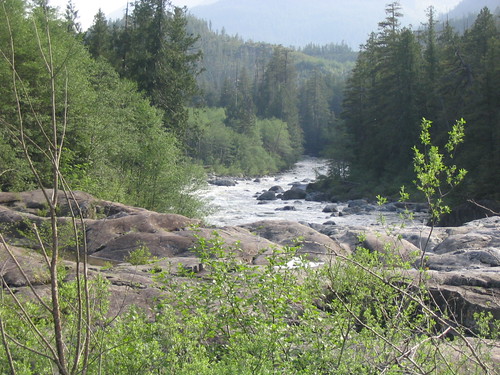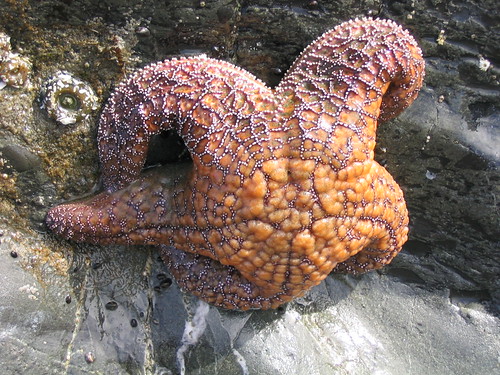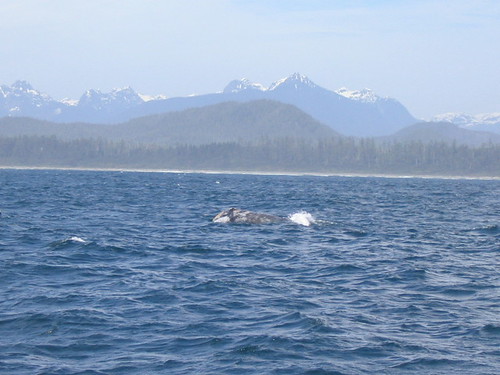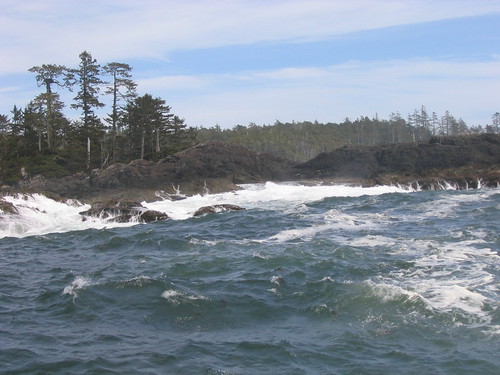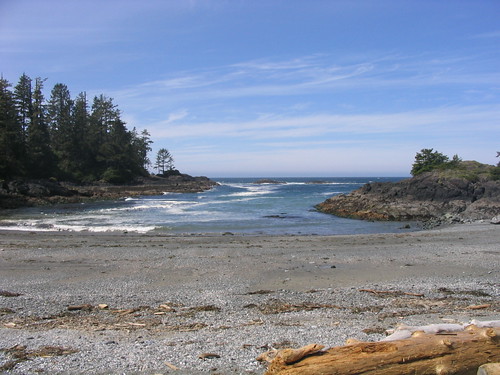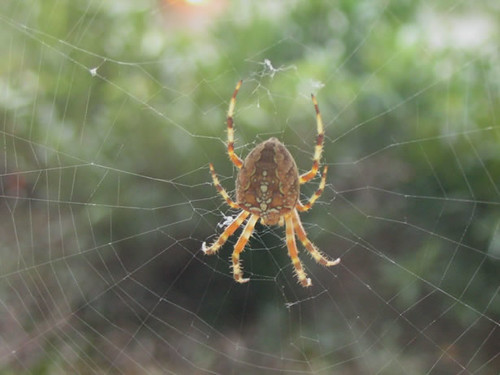Hey, I haven’t blogged about seagulls in a while, have I?
I was off for the first week of July. When I came back on the 9th, I found the nest on the cathedral tower had ben abandoned. My theory—shared by my neighbour, who’d also been keeping an eye on the birdies—was that the metal surface on which the nest was built just got too hot, and the chicks cooked. (Yeah, it’s not always survival of the fittest. Sometimes it comes down to dumb luck.) A gull came by every now and then for a week or so… was it a parent? Do they remember their babies, and grieve? Come to think of it, I’m glad I wasn’t there to see it.
The family at 650 Richards is doing great, though. Huey, Louie and Dewey (or should that be Athos, Porthos and Aramis? Gaspar, Melchior and Balthazar?) have a whole roof to explore, with a good mix of sun and shade provided by the chimney and the surrounding buildings. For example, at this time of year our own building’s shadow falls on that roof between 10AM and a little past noon. For most of the afternoon, though, there’s no shade but the chimney, and that’s where they spend their time. Which just supports the “cooking on a hot metal surface†theory. It looks like seagull chicks are a lot more sensitive to heat than cold and rain: they’ll generally avoid direct sunlight, but wet weather doesn’t seem to bother them much.
I’ve had the pleasure of seeing the adults feeding them. This one time a couple weeks ago, the mommy/daddy just spit up a glistening chunk of half-digested fish half the size of the baby’s head, which the little darling just scarfed right down. Yummy! I noted that the other two didn’t pester the adult for food that time. And later, I noticed one of them was quite a bit smaller than the others. Being polite doesn’t pay in a gull’s world! The runt kept its baby colours (light brown with darker brown spots) for longer too, while its siblings grew a nicer light grey and white coat (now followed by plain medium brown feathers on their wings). Though as of now their heads are still spotted brown.
The chicks are big now, as big as crows. In the early days, there’d always be one parent standing guard nearby while another hunted, but now the chicks are mostly left alone. That’s okay, I’m sure they can take care of themselves now, and the parents must be working full time to feed their hungry maws. And holy shit, their wings have gotten huge in the last few days! They almost have adult proportions. Still can’t fly, though: the best they can do is a flapping run. I guess their muscles are still too weak, or their flight feathers still haven’t grown in.
But ah, my babies are growing up. Soon, I expect the parents will come by less and less and they’ll start fishing for themselves. And will they remember their nursery? Maybe one of them will build another nest on the same spot next year, and complete the circle of life. Or they’ll get eaten by a bald eagle. That’s another circle.
And I hope they stay away from the bell towers. Those places are deathtraps.

